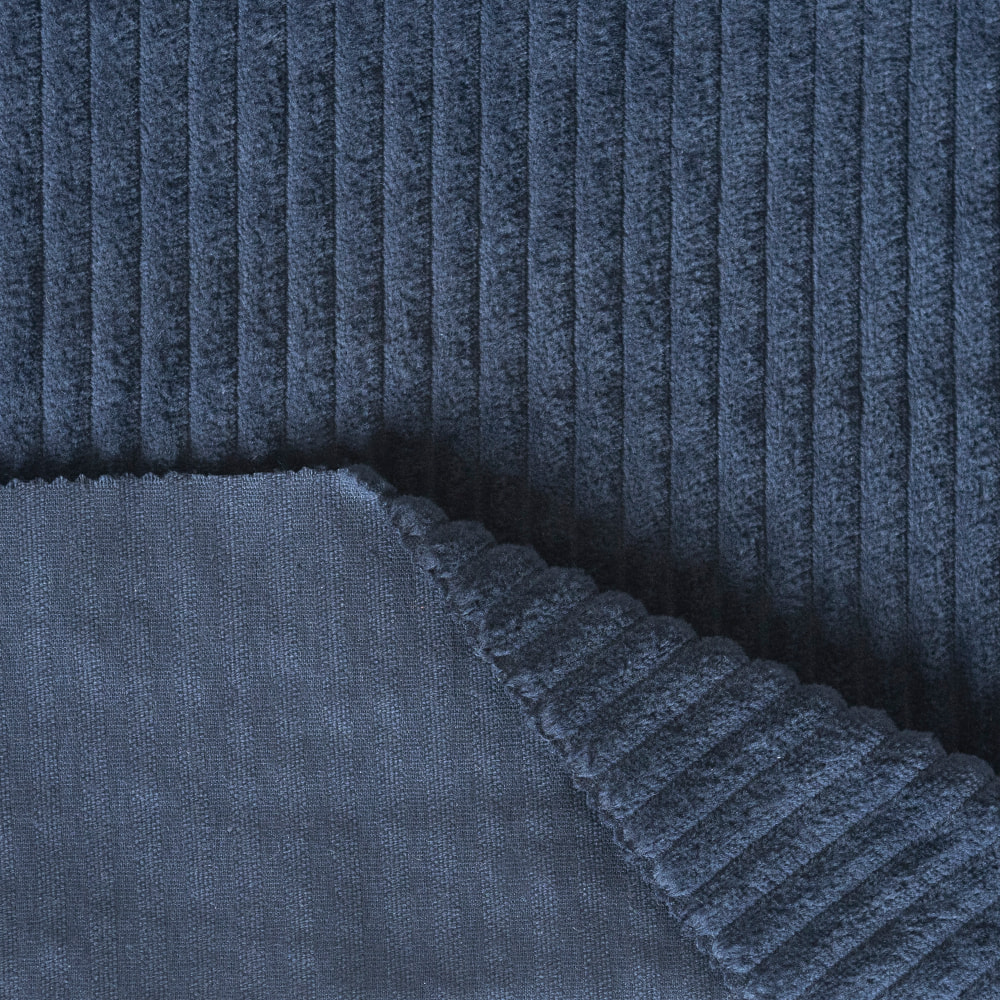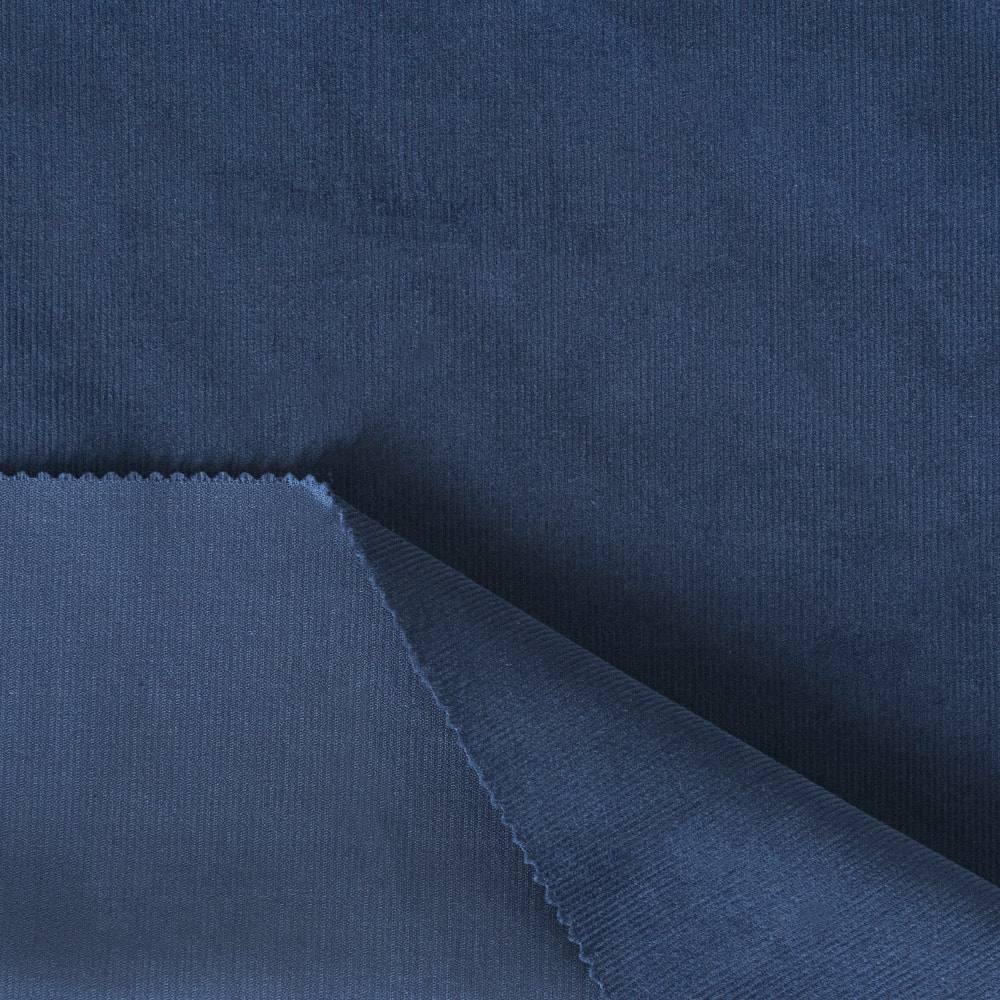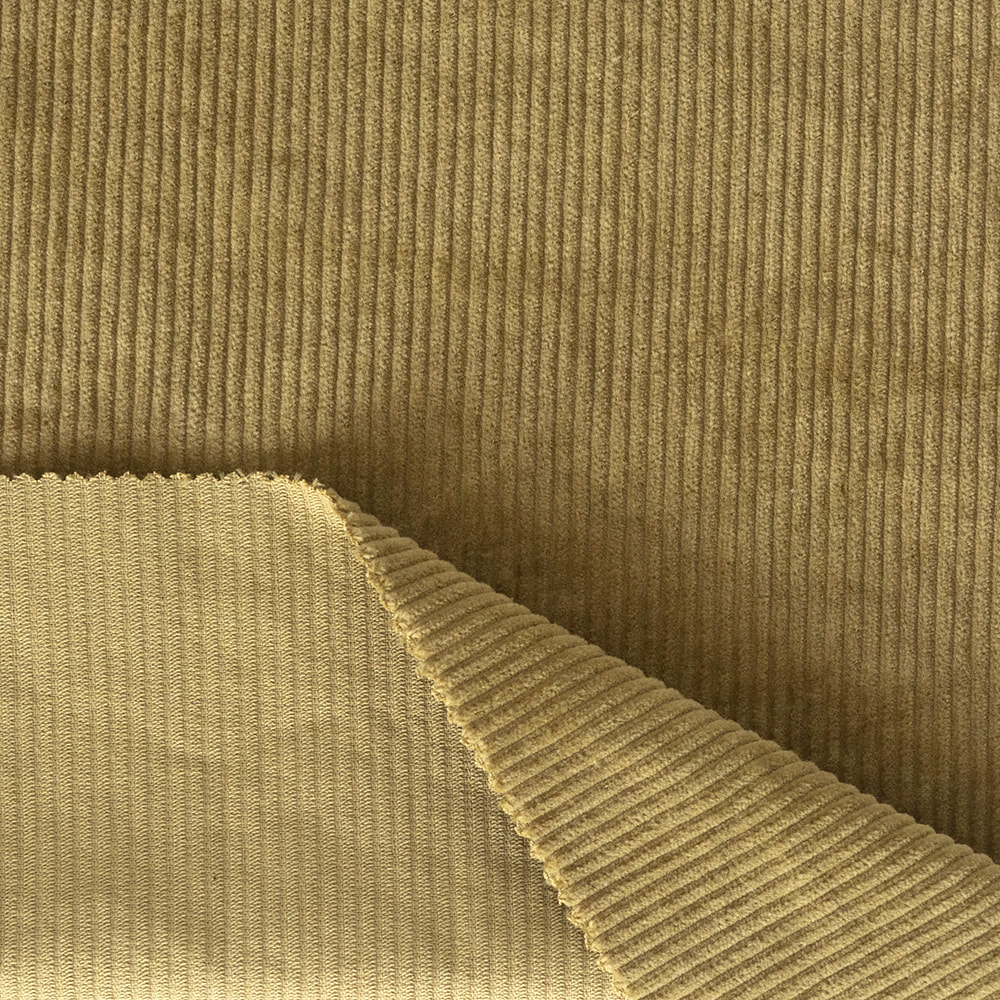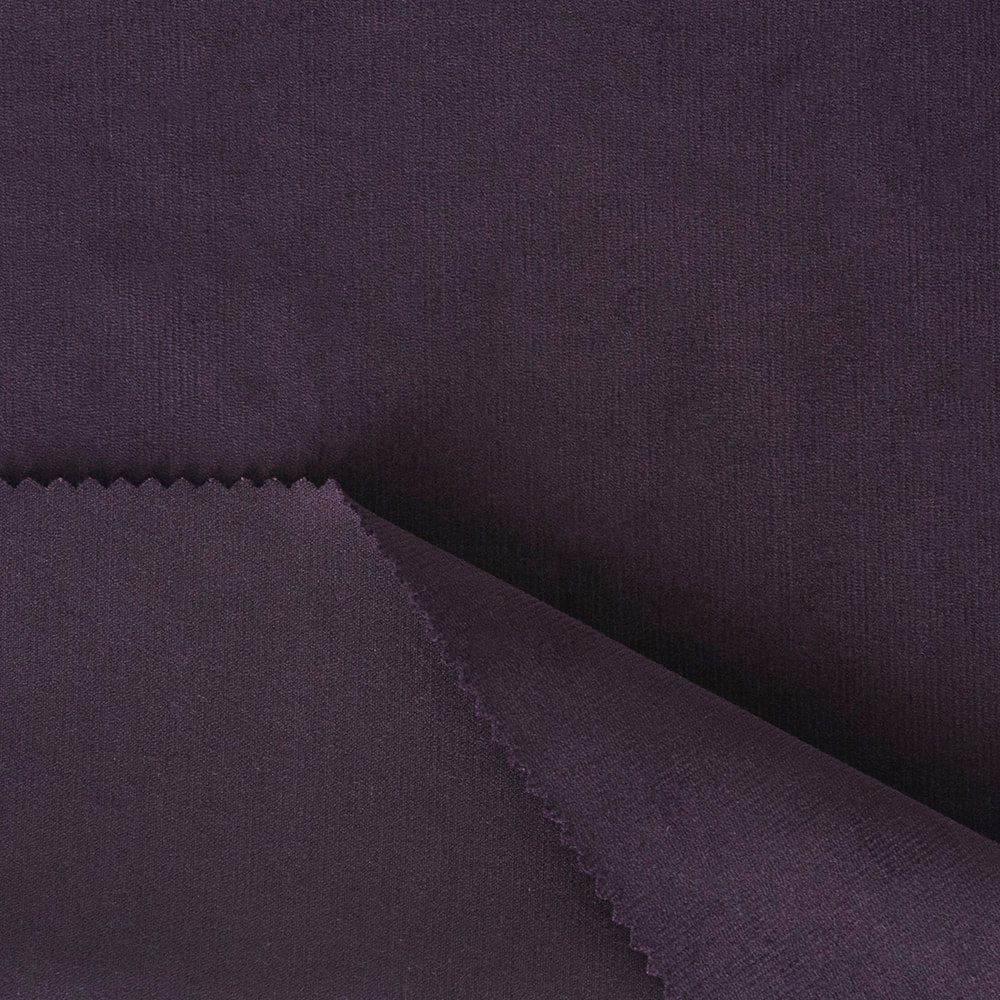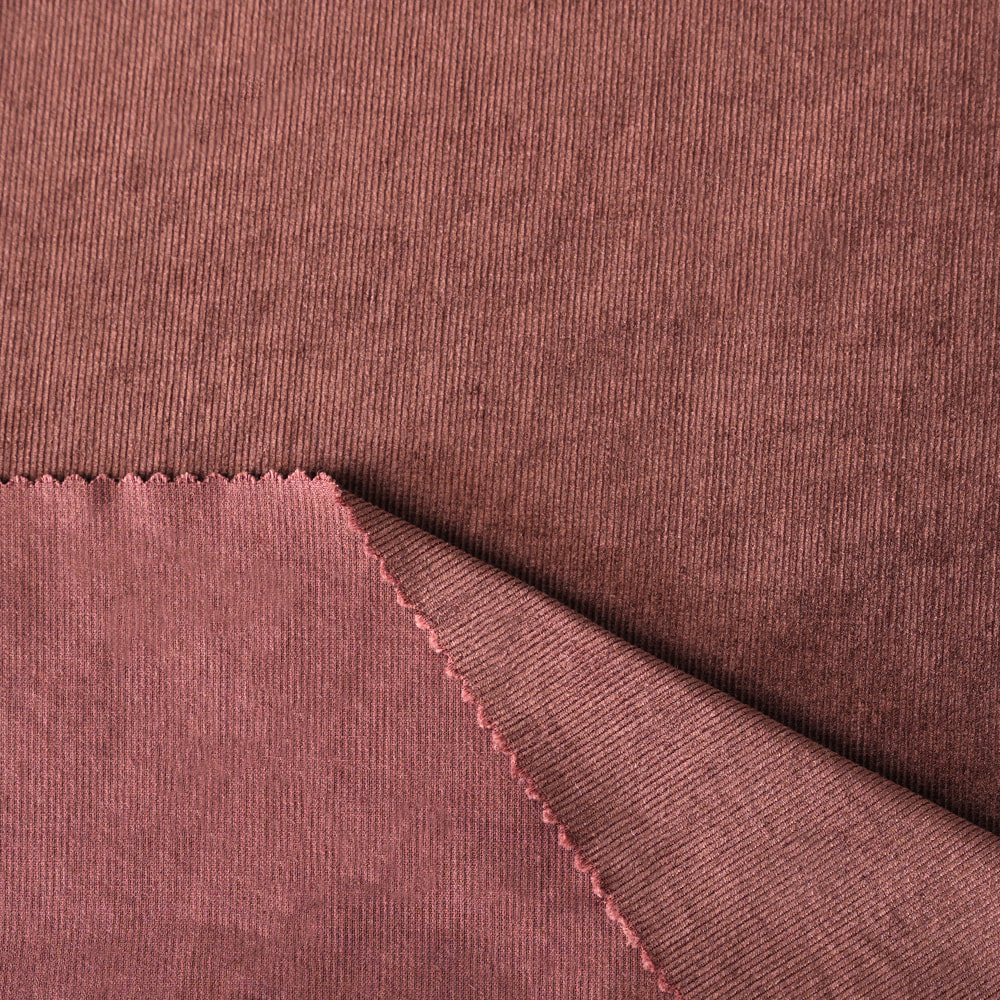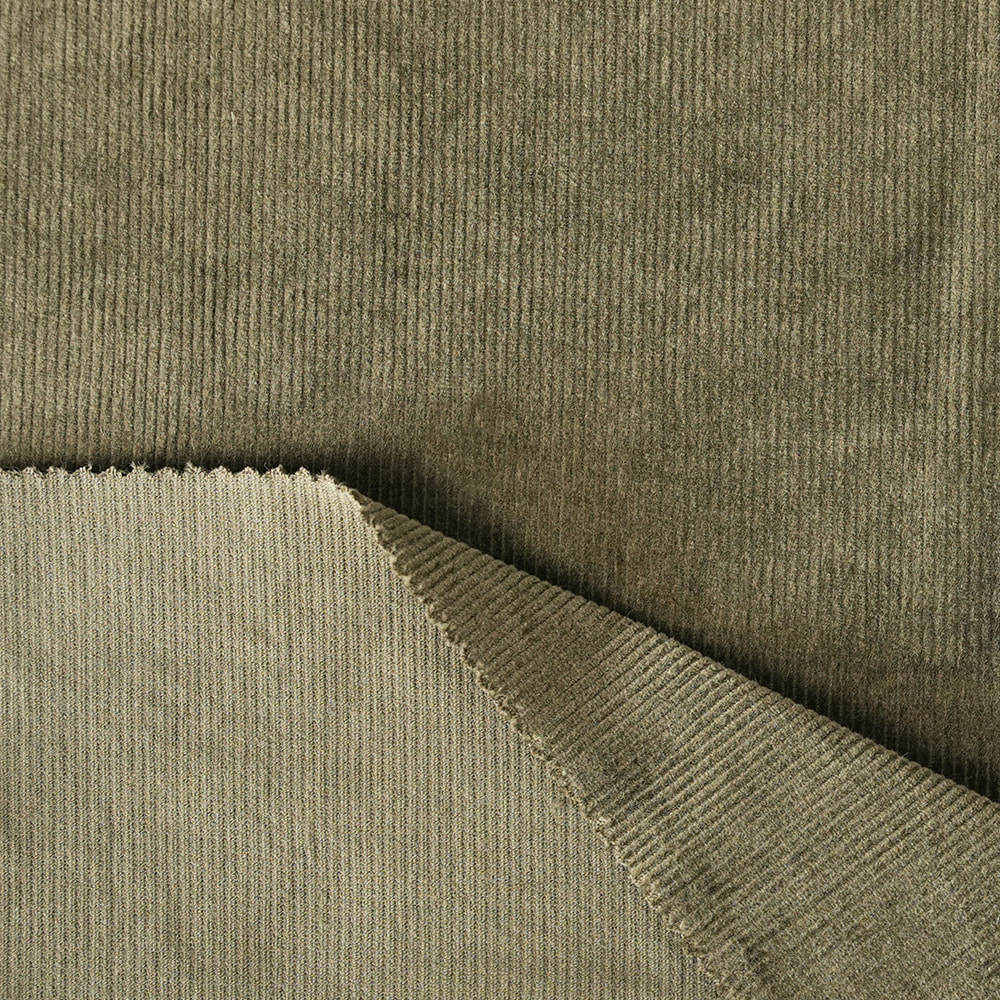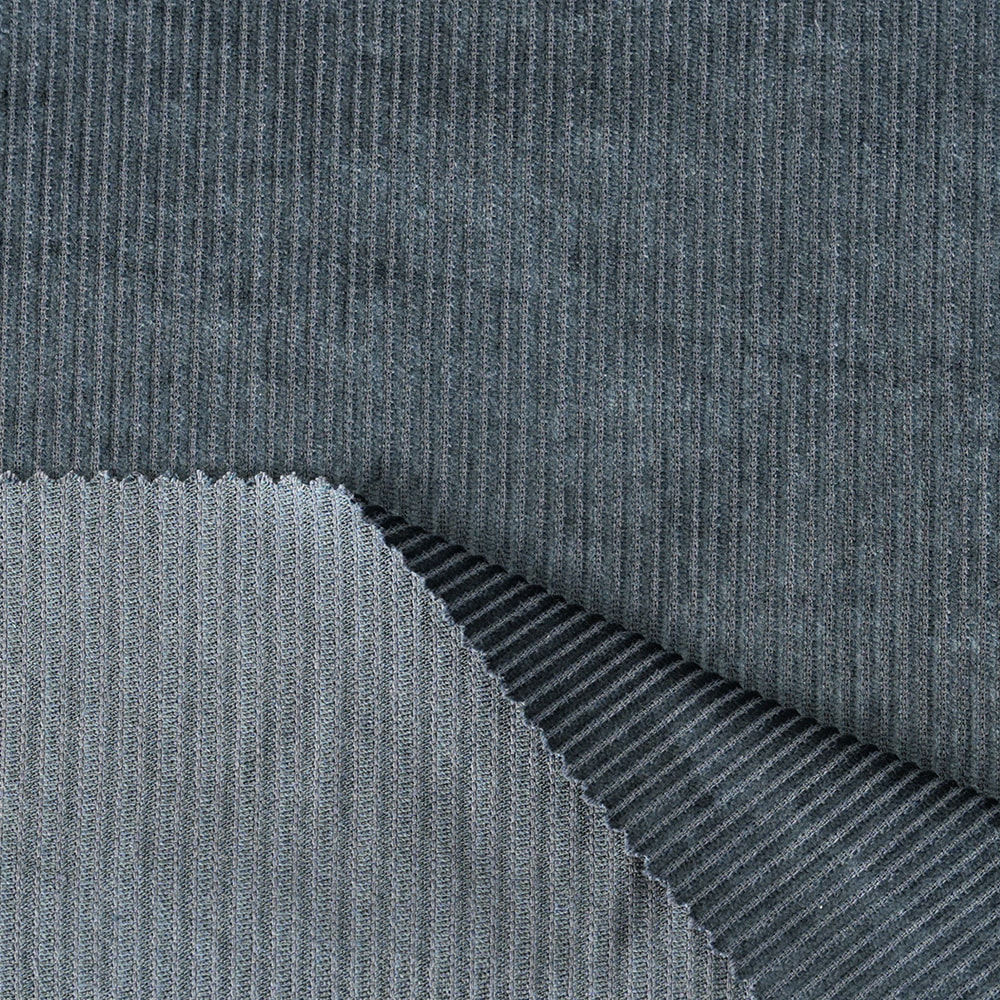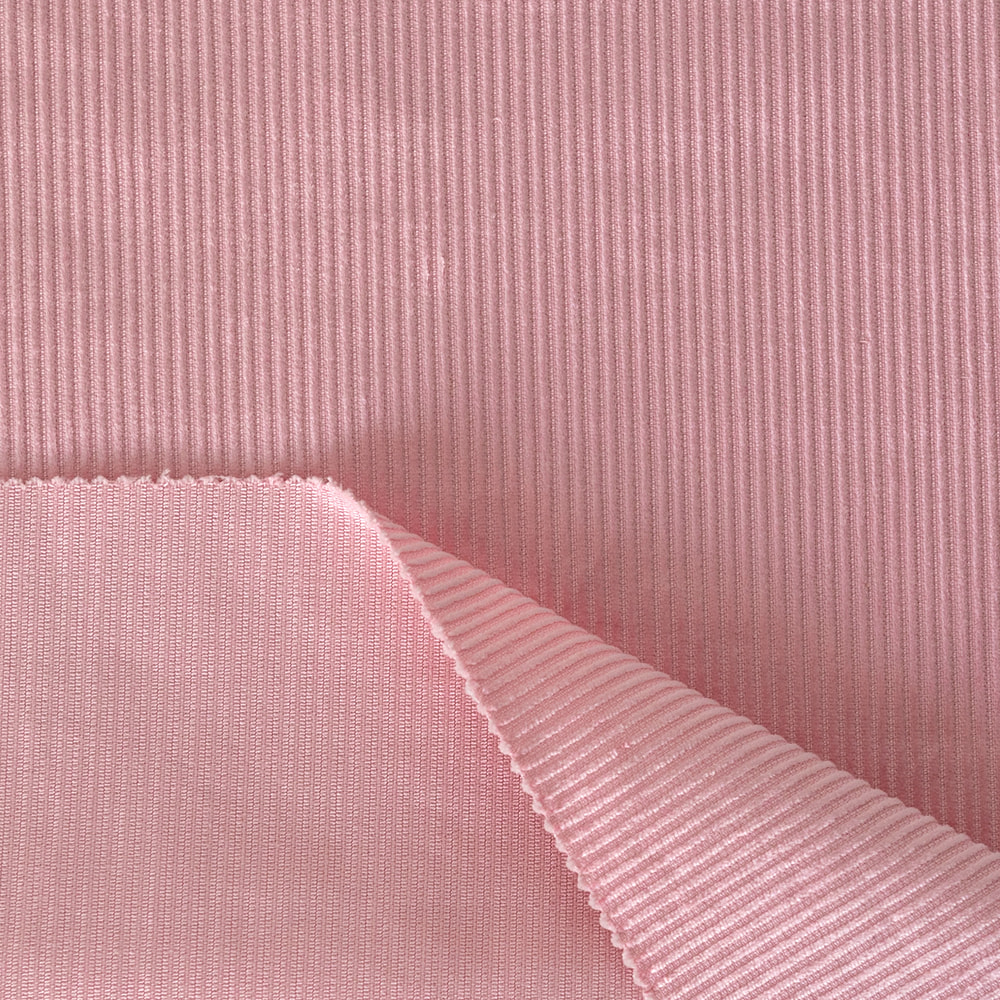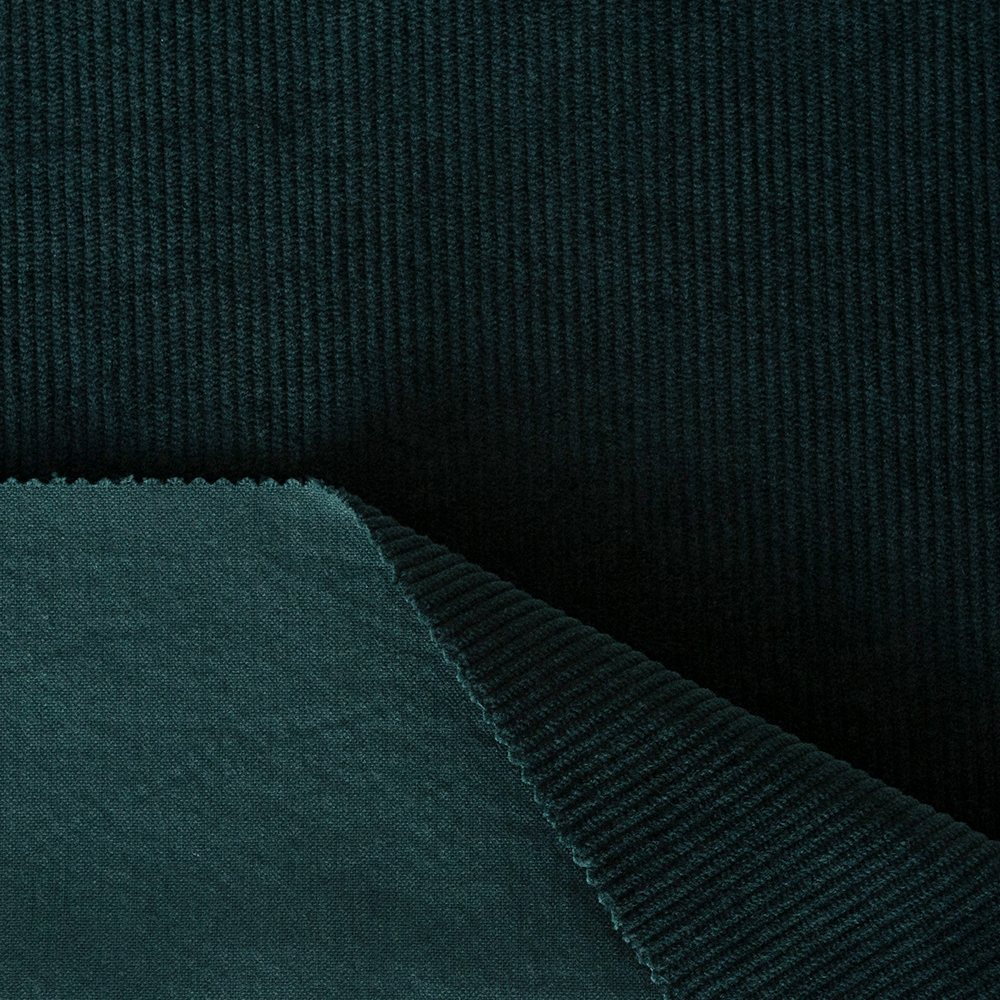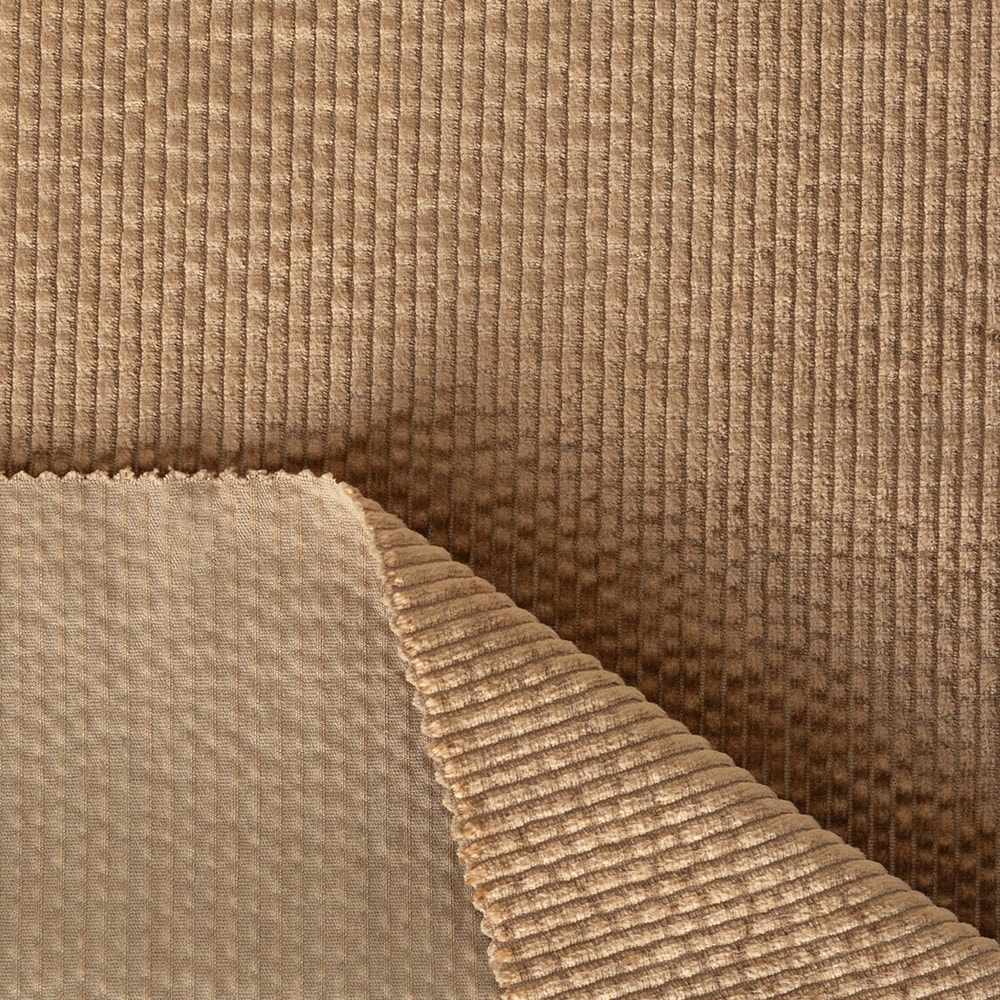Textile Industry Zone, East Hutang Town, Wujin District,213100 Changzhou,China
The weight and thickness of cotton piece-dyed corduroy fabric play crucial roles in determining its durability and overall performance. Here’s how these factors impact the fabric:
Resistance to Wear and Tear:Heavier Fabrics: Generally, heavier corduroy fabrics (measured in grams per square meter, or GSM) tend to be more durable. They can withstand more abrasion and are less likely to fray or tear under stress, making them suitable for high-use applications like upholstery or outerwear.Thinner Fabrics: Lightweight corduroy may be more prone to wear and tear, especially in areas subject to friction, such as elbows or knees in garments. While they can be used for less demanding applications, they may require more careful handling and maintenance.
Longevity:Durability Over Time: Heavier and thicker corduroy is typically more resilient, maintaining its structure and appearance longer than thinner varieties. This is particularly important for items that are frequently washed or exposed to environmental stressors.Resistance to Deformation: Thicker fabrics can better retain their shape, reducing the risk of sagging or stretching that can occur in lighter corduroys, which may lose their form over time.
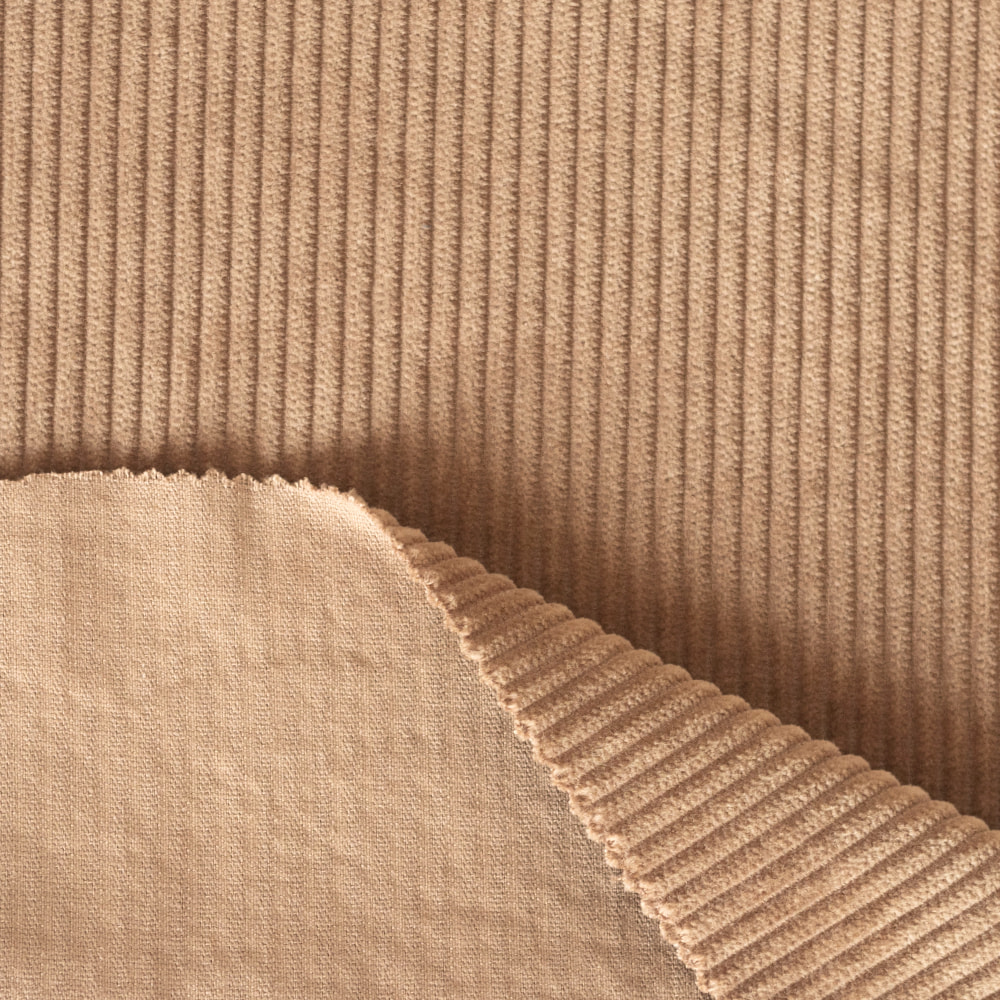
Usage Context:Specific Applications: The choice of weight and thickness should align with the intended use. For instance, heavier corduroy is ideal for outerwear and sturdy furniture, while lighter options are better suited for casual clothing or soft furnishings.Seasonality: Thicker corduroy may provide added warmth, making it suitable for winter garments, whereas lighter corduroy can be preferred for spring and summer apparel due to its breathability.
Maintenance and Care:Washing and Drying: Heavier corduroy may be more forgiving in terms of washing and drying, as it can withstand higher temperatures and harsher conditions. Lighter corduroy might require gentler care to avoid damage, such as shrinking or fading.Finishing Techniques: Thicker fabrics can sometimes better accommodate finishes and treatments that enhance durability, such as water repellents or stain-resistant coatings.
Visual and Textural Aspects:Aesthetic Quality: The weight and thickness can also affect the fabric's drape and texture. Thicker corduroy has a more pronounced texture and a structured appearance, which can influence design choices and how the fabric wears over time.Color Retention: Heavier fabrics may hold dye more effectively, contributing to better color fastness and reducing the risk of fading, which can be especially relevant for piece-dyed corduroy.
The weight and thickness of cotton piece-dyed corduroy fabric are critical factors influencing its durability. Heavier, thicker corduroy is generally more resistant to wear and tear, retains its shape better, and is suitable for a wider range of applications. On the other hand, lighter corduroy may offer versatility and comfort but may require more careful handling to maintain its longevity. When selecting corduroy for a specific application, it’s important to consider these factors to ensure optimal performance and durability.
